|

Here you'll find articles about ancient cultures and their artifacts.
LATEST ARTICLE__________________________________________
Halloween's Ancient
Origins
by Bob
Brooke
 Pumpkins,
witches, ghosts, and goblins—all are signs of Halloween. Though the
celebration has grown ever more commercial, its roots go far back into
history. Today it’s a fun celebration when kids and adults dress up and
ask strangers and acquaintances for candy and tricks. But what is the
origin of Halloween? Pumpkins,
witches, ghosts, and goblins—all are signs of Halloween. Though the
celebration has grown ever more commercial, its roots go far back into
history. Today it’s a fun celebration when kids and adults dress up and
ask strangers and acquaintances for candy and tricks. But what is the
origin of Halloween?
Celtic Origins
The ancient Celts believed that the veil between the worlds of the
living and the dead was at its thinnest during their festival of Samhain,
making it the ideal time to communicate with the deceased and divine the
future.
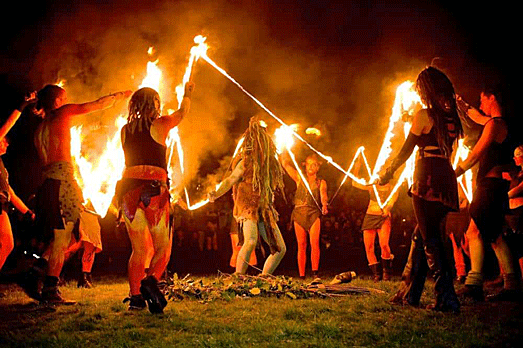
Halloween originated from the ancient Celtic festival of Samhain meaning
“summer’s end,” This day marked the end of summer and the harvest and
the beginning of the dark, cold winter, a time of year that was often
associated with human death. Celts believed that on the night before the
new year, the boundary between the worlds of the living and the dead
became blurred. On the night of October 31 they celebrated Samhain, when
it was believed that the ghosts of the dead returned to earth. It later
blended with Christian traditions, particularly All Hallows' Eve, as the
church sought to incorporate local customs into its practices.
In pre-Christian Europe, October 31 was traditionally a holiday for
north European cultures as it marked the change of seasons when cattle
were brought in from fields. It was also a time to remember the
deceased, particularly as the days grew darker during that time of year
and winter came closer. The time was seen as a spiritual preparation and
wanting the deceased to given their blessing through the sacrificing of
animals for meat and the harvest.
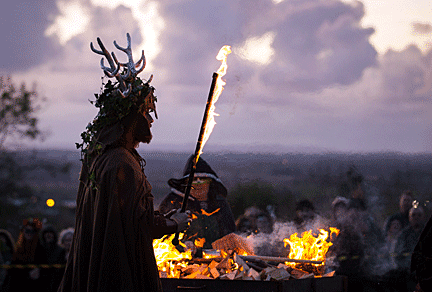
Since death brought no food or bad food. People would place food for the
dead so that they could feast and be kept happy. The giving of food to
dead could be the origin of giving food out in Halloween. Sacrifices
were made to placate the gods but also the spirits that roamed the
Earth. Darkness gave more opportunity for the spirits to roam while
light was for the living and symbolized life.
The Celts believed the dead brought bad luck or made it difficult for
the living. These traditions likely developed in the Neolithic or very
early in the development of agriculture, as people began to depend on
the harvest to get through the winters and remembering the dead became a
way in which luck was given to the living.
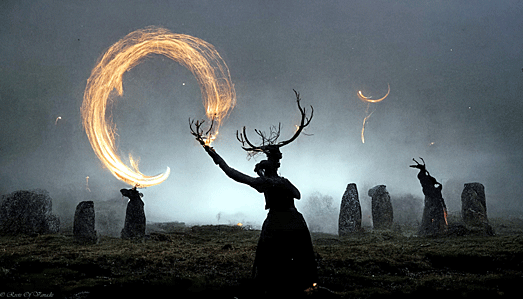
The celebration of Samhain was a time for the Celts to ask for help in
the winter so that the living could make it through the challenging
months ahead.
In addition to causing trouble and damaging crops, Celts thought that
the presence of the otherworldly spirits made it easier for the Druids,
or Celtic priests, to make predictions about the future. For a people
entirely dependent on the volatile natural world, these prophecies were
an important source of comfort during the long, dark winter.
To commemorate the event, Druids built huge sacred bonfires, where
people gathered to burn crops and animals as sacrifices to the Celtic
deities. During the celebration, the Celts wore costumes, typically
consisting of animal heads and skins, and attempted to tell each other’s
fortunes.
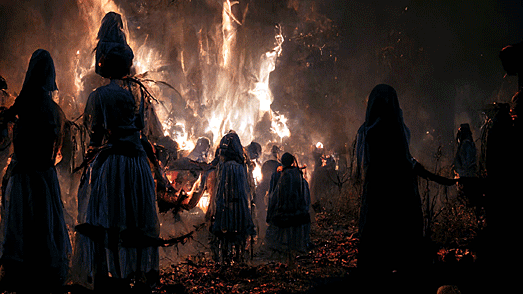
When the celebration was over, they re-lit their hearth fires, which
they had extinguished earlier that evening, from the sacred bonfire to
help protect them during the coming winter.
The Roman Interpretation
By 43 CE, the Romans had conquered most of the Celtic lands. Over the
next 400 years that they occupied the Celtic territory, two festivals of
Roman origin became combined with the traditional Celtic celebration of
Samhain.
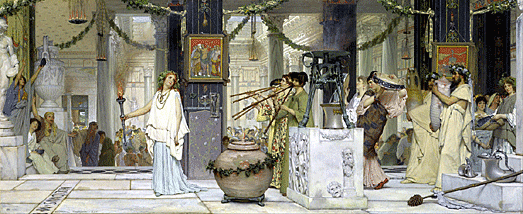
The first was Feralia, a day in late October when the Romans
traditionally commemorated the passing of the dead. The second was a day
the Romans honored Pomona, the Roman goddess of fruit and trees. The
symbol of Pomona is the apple, and the incorporation of this celebration
into Samhain probably explains the tradition of bobbing for apples still
practiced today on Halloween.
The Christian church did largely attempt to disassociate these old
festivals by creating Christian ones that adopted similar themes. Pope
Gregory in the 8th century initiated the celebration of All Saints' Day,
a day to honor the saints, and made November 1 as the date for the
celebration. Earlier Christians had celebrated something similar in May
but the Church suppressed it and moved the day to November 1. In a way,
this reflected how popular celebrations and remembering people who
became saints, known and unknown, was not only important to newly
converted people but incorporate those earlier northern European Celtic
traditions of Samhain.
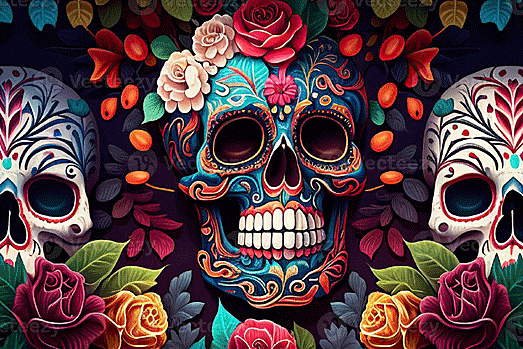
The evening before became known as All Hallows' Eve, which eventually
evolved into Halloween. This Christian observance incorporated some
traditions from Samhain, blending pagan and Christian practices.
People began to associate November 2nd with All Souls' day, a day to
celebrate those who had died. They began to incorporate the traditions
of lighting a flame to remember the dead and passing out food to them
into the Christian holidays, although their origin was pre-Christian.
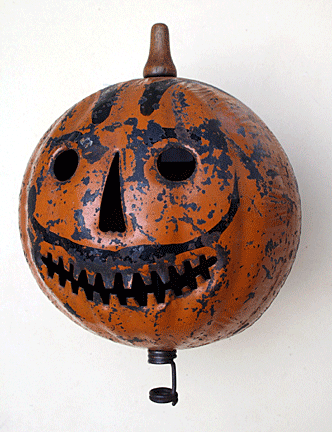 In
the year 1000, the Church made November 2 All Souls’ Day, a day to honor
the dead. People celebrated All Souls’ Day similarly to Samhain, with
big bonfires, processions, and dressing up in costumes as saints, angels
and devils. This celebration was also called All-Hallows and the night
before it. The traditional night of Samhain in the Celtic religion,
began to be called All-Hallows Eve and, eventually, Halloween. In
the year 1000, the Church made November 2 All Souls’ Day, a day to honor
the dead. People celebrated All Souls’ Day similarly to Samhain, with
big bonfires, processions, and dressing up in costumes as saints, angels
and devils. This celebration was also called All-Hallows and the night
before it. The traditional night of Samhain in the Celtic religion,
began to be called All-Hallows Eve and, eventually, Halloween.
People often dressed in black or dark colors on October 31st as a way to
begin to remember the dead, with celebrations beginning on the night of
October 31st. This meant that people also started carrying lanterns to
light their way through the streets. Myths and beliefs about the dead
haunting this world and needing to be placated never went away either.
This meant that lanterns needed to be scary so that they could scare the
dead spirits.
In France, Spain and likely other regions, people visited cemeteries on
Halloween bringing along their lanterns so that they could feed the dead
through gifts of food or milk placed by their gravestones. People began
to associate earlier stories and beliefs of Samhain with October 31st as
the day the dead would roam the Earth as well, thus the need to continue
to placate the dead. In the 12th century, churches would sometimes ring
their bells on Halloween day to remember the souls that were still in
purgatory or were still roaming this Earth because they had yet to be
judged.
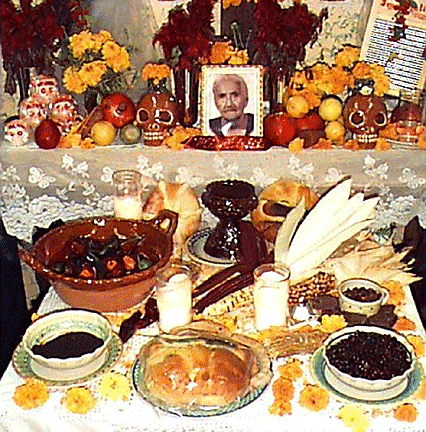
Halloween Comes to America
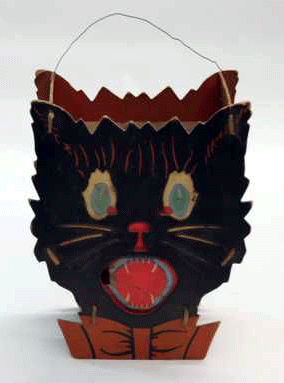 The
Protestants who settled what’s now New England limited the celebration
of Halloween because of their rigid beliefs. Halloween was more commonly
recognized in Maryland and the southern colonies. The
Protestants who settled what’s now New England limited the celebration
of Halloween because of their rigid beliefs. Halloween was more commonly
recognized in Maryland and the southern colonies.
As the beliefs and customs of different European ethnic groups and
American Indians merged, a distinctly American version of Halloween
began to appear. The first celebrations included “play parties,” which
were public events held to celebrate the harvest. Neighbors would share
stories of the dead, tell each other’s fortunes, dance and sing.
Irish immigrants brought their Halloween celebrations to America in the
19th century. They introduced customs like trick-or-treating, which had
roots in the practice of "souling," in which children would go
door-to-door asking for food in exchange for prayers for the dead. Over
time, Halloween transformed into a community-centered holiday filled
with activities like costume parties, pumpkin carving, and festive
gatherings. During the 1930s, trick-or-treating began to develop
combined with the earlier tradition of wearing clothing to ward off
spirits or remember the dead that derived from the Samhain and
pre-Christian traditions.
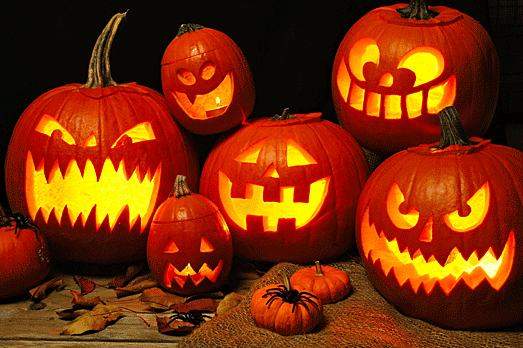
For some, All Hallows Eve and All Souls Day remained solemn days with
churches holding mass in graveyards on Halloween night to remember the
dead. While lanterns, shaped into scary faces, dated to the Middle Ages,
people in the United States began to use pumpkins to make them instead
of the turnips traditionally used in Europe
<
Back to Antiquities
Archives
|
